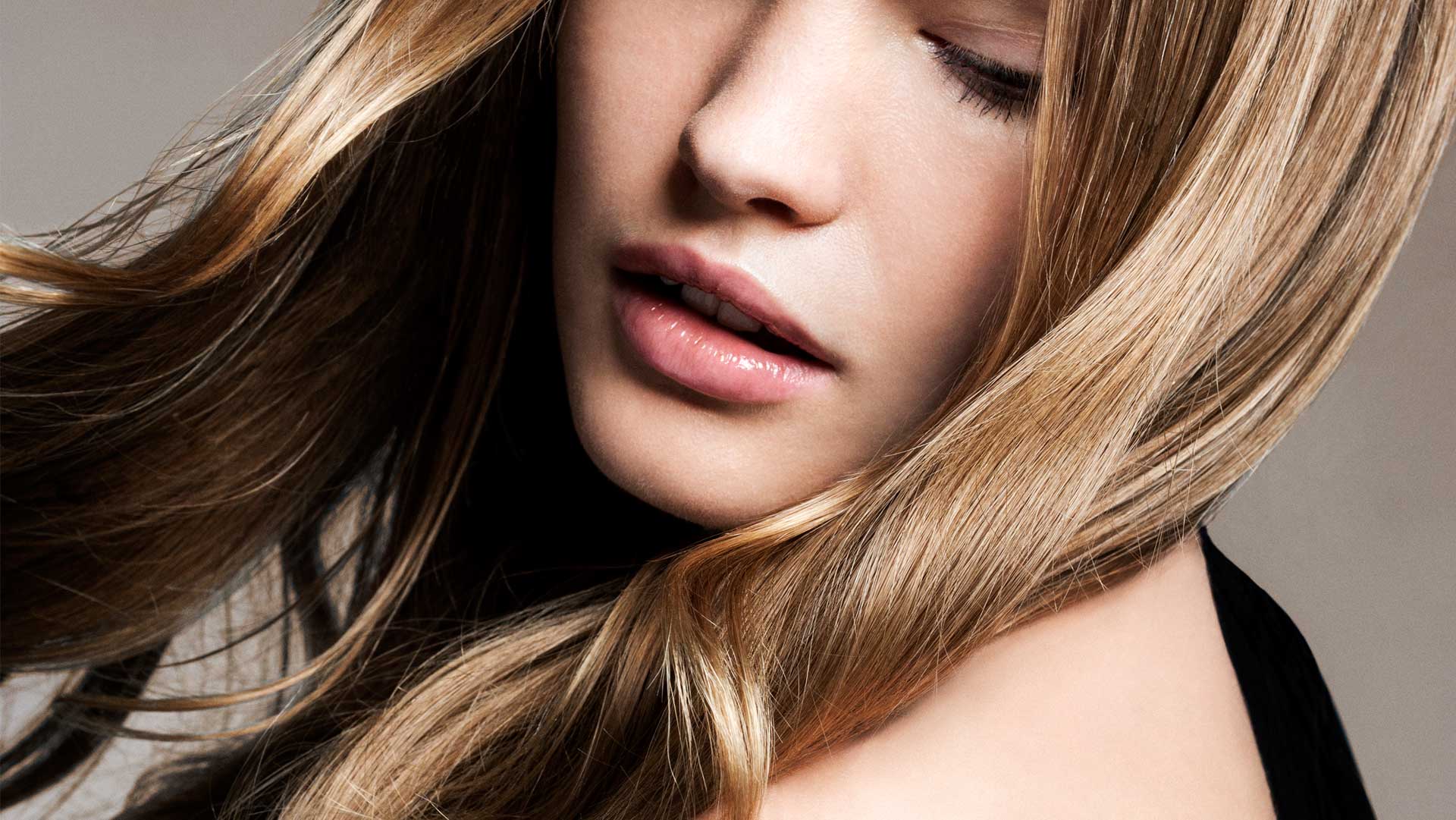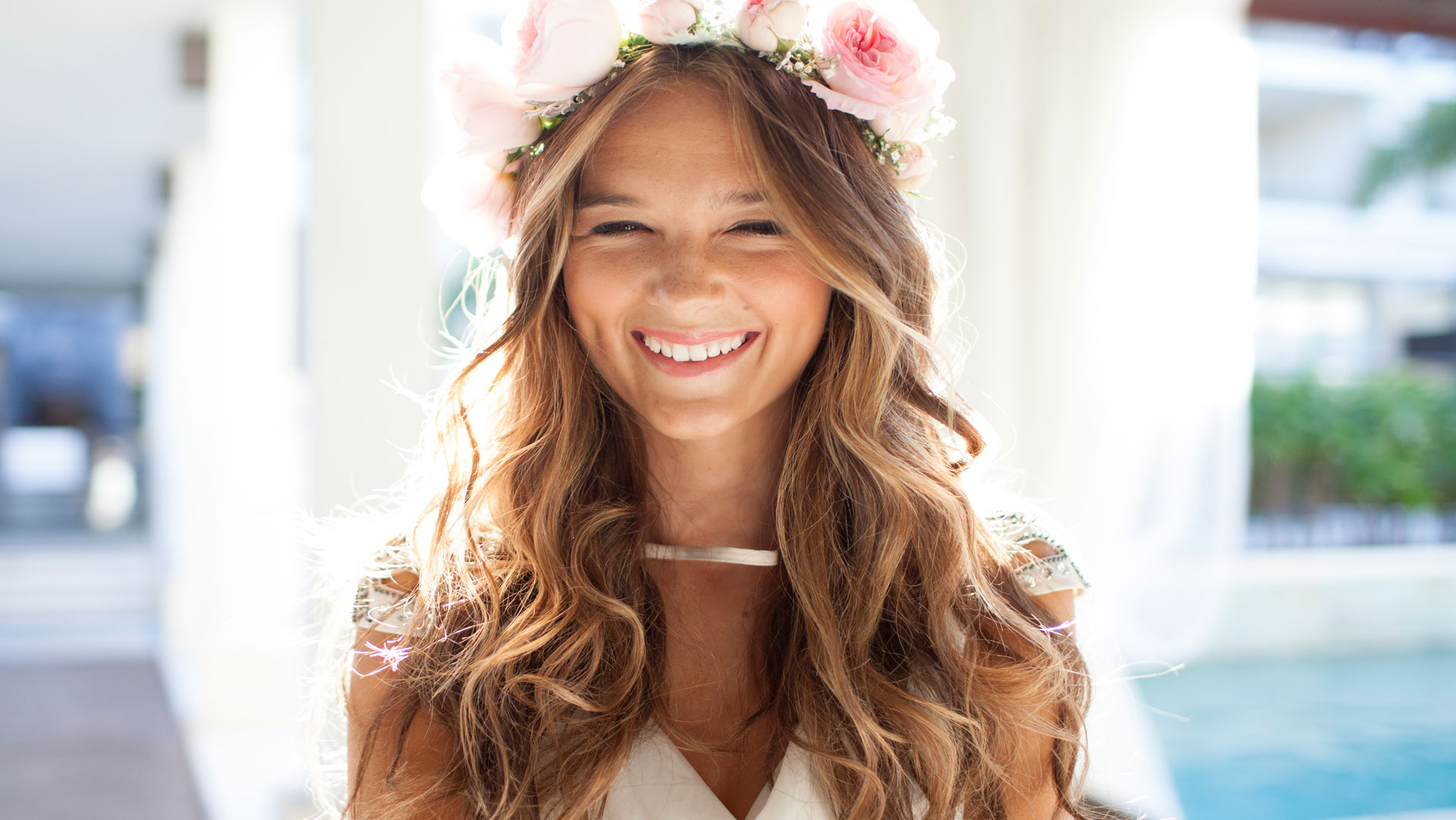While most people have a love-hate relationship with their tresses, others struggle with hair and scalp conditions that can be confidence-shattering.
Now To Love spoke to Trichologist and Founder of Holistic Haircare, Nigel Russell, about some of the most common – but tough-to-handle – conditions.
Hair loss
The American Hair Loss Association states that 40 per cent of American women experience some form of hair loss, with similar stats found in New Zealand.
While this may be relatively common, it can be frustrating and affect the self-esteem of sufferers.
So what causes this and is there anything we can do?
Nigel explains that while genetics play a small part, lifestyle factors can also impact hair fall.
“The most common reason for hair loss in women, especially younger women, is low iron and certain nutritional imbalances,” says Russell.
“This may be due to bad dietary choices, lack of absorption or repeated crash dieting. Systemic forms of hair loss may be a side effect of such things as PCOS, thyroid imbalance and the effects of stress. Women going through menopause may also experience some thinning of their hair.”
Sadly there are no cures for hereditary hair loss but some drugs can slow further shedding.
“Drugs such as Minoxadil may halt further hair shedding while correcting nutritional deficiencies, minimising stress and better lifestyle choices will reduce the exposure to oxydising elements.
“Ensuring hair (and skin) receive the optimum requirements to keep the growth cycle stable and also this may slow down the graying of the hair over the years too,” says Russell.

Psoriasis
Psoriasis is characterised by itchy, red plaques and can be found on the scalp.
DermNet New Zealand says that psoriasis affects 2-4 per cent of males and females, with flare-ups common between ages 15–25 and 50–60 years.
Russell explains that this is an immune-mediated inflammatory disease, that is said to be inherited.
“Psoriasis is an overproduction of cells which build up, shed and causes redness and itchiness and may spread over the entire scalp. Using naturally-based products, soothing oils such as avocado or olive oil may reduce the irritation and avoiding stress is also recommended.
“By reducing the exposure to household chemicals and cosmetics you will reduce flare-ups. Sticking to a gluten-free diet, focusing on liver health, drinking plenty of water and minimising exposure to these stimulants the auto immune response will be reduced.
Dandruff
While not glamorous to talk about – and certainly a cause of annoyance for sufferers – dandruff is quite common.
DermNet New Zealand says dandruff is a form of eczema/dermatitis and appears as ‘bran-like like scaly patches scattered within hair-bearing areas of the scalp.’
A report in the Journal of Medicinal Chemistry explains that these ‘bran-like’ flakes are the result of excessive shedding of dead skin cells. They went on to explain that the average person without dandruff has a 30-day cycle in which new skin cells mature, die and shed, whereas those with dandruff have a two – seven day cycle, shedding significantly more.
And while you may know what dandruff looks like, did you know that dandruff is said to be caused by a type of fungus?
That’s right, a scalp-dwelling fungus called Malassezia globosa can irritate the scalp and cause dandruff.
“This is deemed a fungus that may be caused by the scalp not being cleansed properly or again by bad dietary habits as it is associated with an overproduction of sebum (oil),” says Russell.
“Dandruff is more prevalent in winter due to the fact that we are indoors more, we eat thicker, richer and oilier foods in winter and we wear more clothes so we are producing more sweat and oil.
“Sunlight, minimising processed and oily foods and the right shampoo selection with a regular washing routine will greatly minimise dandruff.”

Brittle hair
Dry and brittle hair is common – certainly in the age of straighteners and hairdryers – but manageable, you’ve just got to use the right products.
“The most common cause [of brittle hair and dryness] is chemically treated hair that is not maintained properly and is exposed to too much mechanical damage such as blowdryers hot irons and curling tongs,” says Russell.
Neglecting to protect your hair from heat styling tools can cause hair to lose its elasticity, and the static caused by the heat can create frizzy, flyaways.
To avoid this, reduce the amount of time spent using styling tools and cut down on colouring your hair.
“By reducing chemical treatments such as tinting and highlighting the hair, applying weekly treatment masks plus letting the hair dry naturally several times a week you will enable it to return to a healthy, more natural state.
It needs to be noted that nutritional deficiencies and certain illnesses may also cause the hair to be weak and brittle.”

